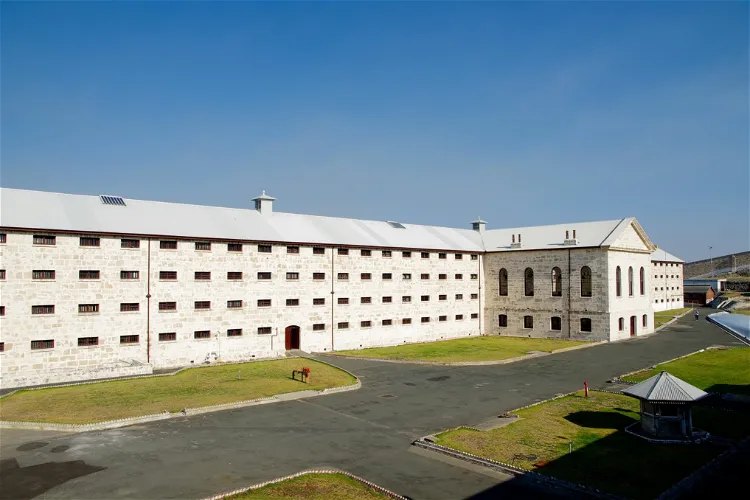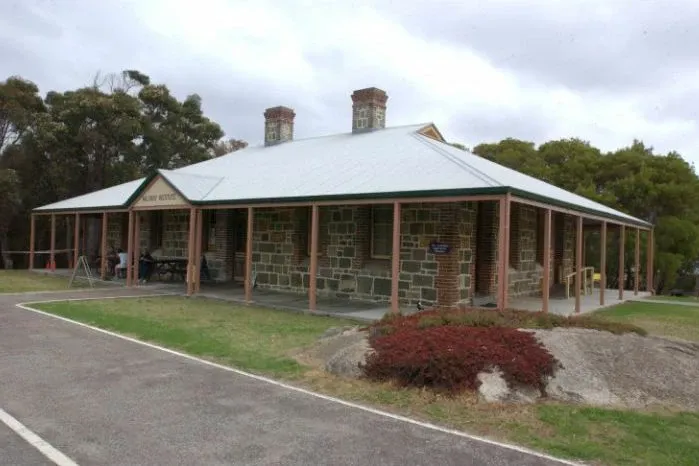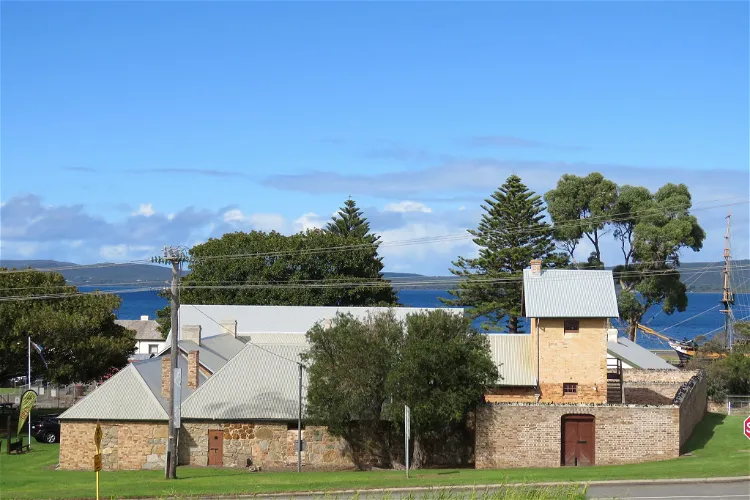Are you interested in military history? These are the must-visit war museums in Western Australia:

Fremantle Prison
FremantleFremantle Prison is a significant historical site located in Fremantle, Western Australia. It served as a functioning prison from 1855 until 1991, playing a crucial role in the region's penal system. Today, it stands as a testament to Australia's colonial past and offers a unique insight into the country's criminal justice history.
Aviation Heritage Museum
PerthThe Aviation Heritage Museum, located in Perth, Western Australia, is a unique establishment created and maintained by the RAAF Association of Western Australia. The museum is dedicated to preserving and showcasing a wide range of military and civilian aircraft, aircraft replicas, and aircraft engines. These exhibits have either served in the Royal Australian Air Force or have relevance to aviation in Western Australia.
Princess Royal Fortress
AlbanyThe Princess Royal Fortress, also known as Albany Forts, is a historical site located on the northern shore of Atatürk entrance on Princess Royal Harbour on Mount Adelaide. It overlooks the beautiful King George Sound in Albany, Western Australia. Today, it operates as a museum, offering visitors a chance to delve into the past and learn about its rich history.
Albany Convict Gaol & Museum
AlbanyThe Albany Convict Gaol, also known as the Old Gaol, is a significant historical site in Albany, Western Australia. This restored prison now operates as a museum, offering visitors a glimpse into the past. The gaol was established in 1852 and was used to house convicts transported to Albany as skilled labourers. Today, it stands as a testament to the region's history and offers a unique perspective on the lives of those who were incarcerated there.